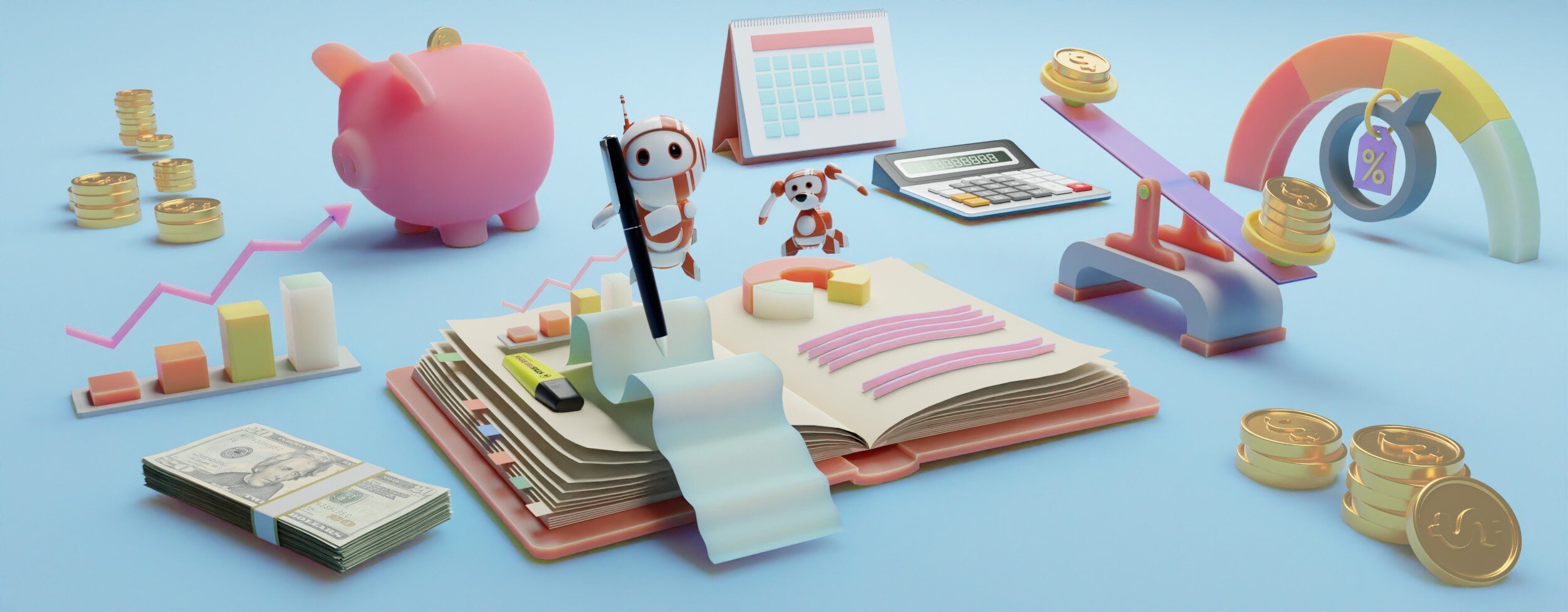What would your finances look like if you felt more in control of your spending, saving, borrowing, and long-term goals?
As 2025 comes to an end, and a brand-new year awaits you, you are given a new opportunity to reset, rebuild, and recharge. Smart money habits don’t require perfection, just steady progress. One of the best ways to get started or (restarted) is by focusing on the Four Pillars of Financial Wellness: Spend, Save, Borrow, Plan.
When these four pillars are in balance, they help form a strong, sustainable financial foundation that can support you through life’s unpredictable moments and help you reach your biggest financial dreams.
Below, we’ll walk through each pillar and share simple, realistic resolutions to help you make 2026 your smartest financial year yet.







%20(952%20x%20317%20px)-2.png)





